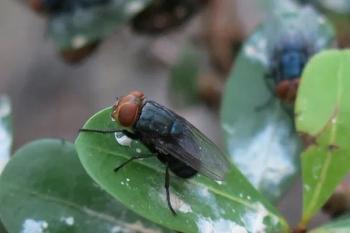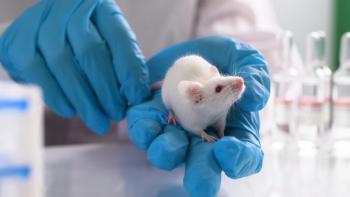
Universities collaborate to study equine pregnancy loss
Investigators at Texas A&M University, the University of Kentucky, and the University of São Paulo aim to better understand how bacterial infection causes miscarriage.
Investigators studying equine pregnancy loss to better understand how bacterial infections can cause miscarriages have discovered the amniotic membrane may play a more significant role than previously thought. The research is a result of collaboration between investigators at Texas A&M University in College Station, the University of Kentucky in Lexington, and the University of São Paulo in Brazil, and could help lead to miscarriage prevention strategies.1
Ascending placentitis is a common cause of third-trimester miscarriage in horses, and the condition accounts for approximately 25% of aborted equine pregnancies. Ascending placentitis is caused by Streptococcus equi bacterial infection, which migrates through the vagina and cervical canal. Related maternal and fetal tissues adjacent to the cervix are affected.1,2
“The bacteria enter the cervix and infect the placenta, which is the main source of oxygen and nutrients for the fetus,” Sophia Marchio, DVM, a doctoral student at Texas A&M College of Veterinary Medicine and Biomedical Sciences (VMBS), said in a news release.1 “When the placenta gets infected, it alters the hormone and immune system of the mare, sometimes causing a miscarriage or premature delivery.”
In data from a recent Swedish study of 17 cases of ascending placentitis in horses, initial signs of infection included premature udder development and vulval discharge. Investigators determined that early diagnosis of the condition is key to correcting the vulval conformation and establishing an effective vulval seal to prevent bacteria from entering the cervix.3
However, achieving an early diagnosis continues to be a challenge. “How the bacteria affect specific parts of the placenta has not been well studied. With our research, we hope to understand not only how miscarriages happen but also ways to detect problems earlier and even prevent pregnancy loss,” Marchio said.1
Thus far, findings from this collaborative study have shown that the amniotic membrane responds to infection and inflammation. According to Yatta Boakari, DVM, PhD, MS, DACT, an author on the published study, assistant professor at VMBS, and head of the VMBS Comparative Reproductive Laboratory, the amniotic membrane is the closest placental membrane to the fetus and acts as a protective, physical barrier around the foal.1
Published in Scientific Reports4, the findings could play a large role in scientific understanding of why miscarriages happen. “This particular equine membrane has never been studied up close using RNA sequencing,” Boakari said in the release.1 “Before our publication, it wasn’t even known whether it had an immune response. We are the first ones to show that it does using RNA sequencing.”
References
- Price C. Texas A&M-led research collaboration aims to uncover the secrets of equine miscarriage. News release. Texas A&M University. October 1, 2025. Accessed October 2, 2025.
https://stories.tamu.edu/news/2025/10/01/texas-am-led-research-collaboration-aims-to-uncover-the-secrets-of-equine-miscarriage/ - Fedorka CE, Troedsson MHT. The immune response to equine ascending placentitis: a narrative review. Theriogenology. 2023;203:11-20. doi:10.1016/j.theriogenology.2023.03.002
- Hemberg E, Morrell JM. Case report: diagnosis and treatment of equine ascending placentitis: compilation of 17 case reports. Front Vet Sci. 2025;12. doi:10.3389/fvets.2025.1591452
- Marchio SP, El-Sheikh Ali H, Scott MA, et al. Decoding the amniotic membrane transcriptome during equine ascending placentitis. Sci Rep. August 21, 2025. Accessed October 2, 2025.
https://doi.org/10.1038/s41598-025-16671-5
Newsletter
From exam room tips to practice management insights, get trusted veterinary news delivered straight to your inbox—subscribe to dvm360.






